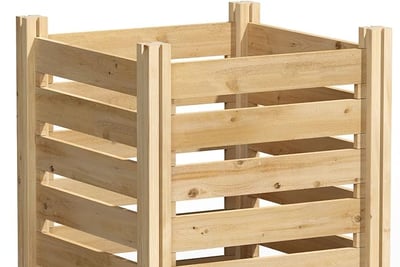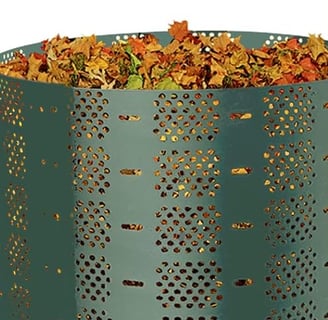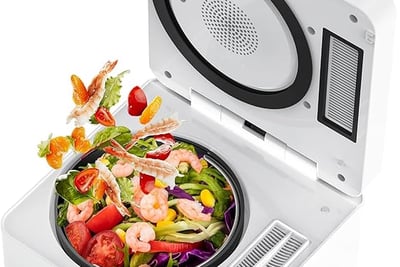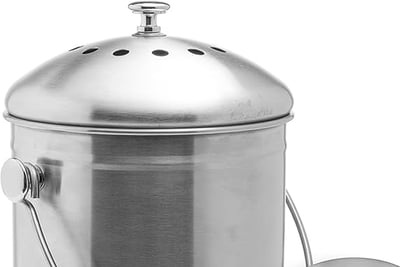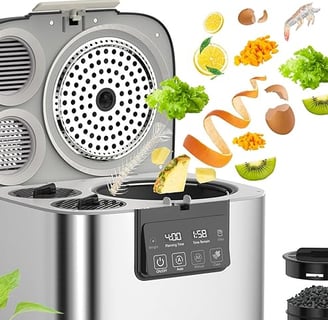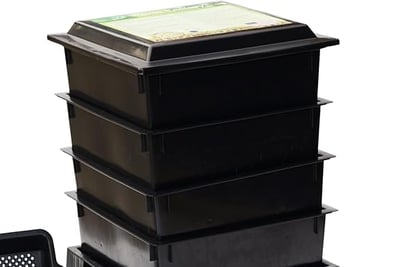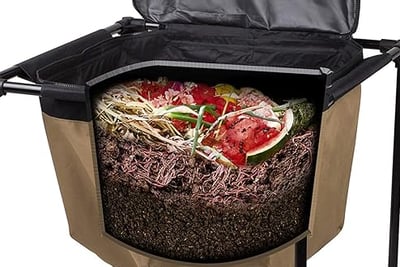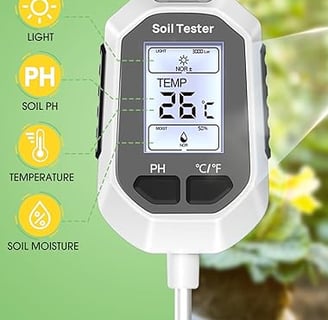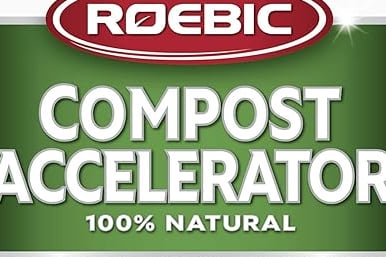How to Create Your Own Compost at Home: A Guide for Urban and Rural Environments
6 min read


Understanding Compost: What It Is and Why It Matters
Compost is a naturally occurring, organic material created through the decomposition of plant and animal waste. It enriches soil, enhances its structure, and aids in moisture retention, making it a valuable resource for gardeners in both urban and rural settings. By establishing a composting system, individuals can recycle organic materials that would otherwise contribute to landfill waste, thereby supporting a more sustainable environment.
The process of composting involves gathering organic waste such as fruit and vegetable scraps, yard waste, and coffee grounds, and allowing these materials to decompose over time, aided by microorganisms and other decomposers. As these elements break down, they transform into nutrient-rich compost, which can significantly improve soil fertility. This not only supports plant growth but also helps in reducing the need for chemical fertilizers, thus promoting healthier gardening practices.
Another essential benefit of composting is waste reduction. In urban areas where space can be limited, composting provides a practical solution for dealing with food scraps and garden residue. By diverting organic waste from landfills, composting contributes to decreased greenhouse gas emissions and lessens the environmental impact of waste disposal. It serves as an excellent strategy for minimizing the carbon footprint and supports community efforts toward sustainability.
Moreover, composting fosters environmental health by enriching soil and providing essential nutrients to plants. It enhances soil biodiversity, which is crucial for sustainable agricultural practices. Whether in a backyard or on a balcony in a high-rise building, the benefits of composting are numerous. As individuals and communities take steps to implement composting practices, they not only contribute to a healthier environment but also promote a more circular economy.
Choosing the Right Composting Method for Your Space
Composting is a highly effective way to recycle organic waste while enriching the soil, and understanding the various methods available can help you determine which is best suited for your environment, whether urban or rural. Each composting technique offers distinct advantages and disadvantages, making it essential to select one that aligns with your available space, resources, and lifestyle.
One of the most traditional methods is pile composting, where organic materials are collected in a designated area and allowed to decompose over time. This method is ideal for those with ample outdoor space, as it requires a significant amount of room for aeration and upkeep. However, it may attract pests if not managed properly and can take longer to yield finished compost.
For individuals with limited outdoor space, patio bins provide a compact solution. These bins are designed to contain kitchen scraps and yard waste in a manageable size, making it easy to maintain in tight quarters. The downside may be limited airflow, which can slow the decomposition process compared to pile composting.
Worm composting, also known as vermiculture, involves using worms to break down organic waste into nutrient-rich castings. This method is perfect for small living spaces such as apartments, as it requires minimal space and can be easily kept indoors. However, it requires a consistent maintenance routine to ensure the worms remain healthy and effective.
Enclosed compost tumblers are another efficient option, combining ease of use with a compact design. These tumblers allow for quick mixing and better aeration, resulting in faster compost production. On the flip side, they can be more expensive than other methods and may require a bit of physical effort to turn the compost.
Ultimately, the right composting method depends on personal preference, available space, and commitment to the composting process. Each method has unique benefits, and understanding these can lead to a more successful composting experience.
Essential Materials: What to Compost and What to Avoid
Creating a successful compost at home requires an understanding of the materials that can be included in your compost pile, as well as those that should be omitted. Composting is a natural process that turns organic waste into rich, fertile soil, and selecting the right mix of materials is crucial to achieving a balanced compost. These materials are typically categorized into two main groups: greens and browns.
Greens are nitrogen-rich materials that can significantly enhance the composting process. Common examples include kitchen scraps such as apple cores, vegetable peels, and coffee grounds. Additionally, yard waste such as fresh grass clippings and green leaves can also be included. These materials provide the essential nutrients that microorganisms need to break down organic matter effectively. Aim for a ratio of approximately one part greens to three parts browns to ensure optimal composting conditions.
Browns, on the other hand, are carbon-rich materials that serve as the structural backbone of the compost pile. Items such as dried leaves, straw, wood chips, and cardboard can be used to maintain aeration and promote proper decomposition. Including a variety of both greens and browns is key to creating healthy compost that is well-aerated and odor-free.
However, it is equally important to be aware of materials that should never be composted. Avoid adding meat, dairy products, and oils, as they can lead to unpleasant odors and attract unwanted pests. Additionally, materials such as diseased plants, pet waste, and processed foods can introduce harmful pathogens into your compost, compromising its quality. By understanding what to compost and what to avoid, you can create a thriving compost system that benefits your garden and reduces waste.
Maintenance Tips and Space Considerations for Effective Composting
To ensure the success of your composting efforts, proper maintenance is essential, regardless of whether you reside in an urban or rural environment. The primary elements to monitor include aeration, moisture levels, and regular compost turning. Aeration is critical as it facilitates the flow of oxygen, which in turn accelerates the decomposition process. In a compost pile, it is beneficial to turn the materials every few weeks. This activity not only introduces oxygen but also helps in evenly distributing moisture and heat, thus speeding up the breakdown of organic materials.
Moisture levels play a crucial role in the composting process as well. The ideal moisture content should be akin to that of a damp sponge. Too little moisture hampers microbial activity, while excessive moisture can lead to a soggy, odoriferous pile. Monitoring the compost's moisture levels is especially important in maintaining the right balance to foster a healthy compost ecosystem.
Space considerations differ significantly between urban and rural settings. In a rural setting, larger outdoor spaces typically allow for traditional compost piles or bins with greater volume. Homeowners may construct bin systems using wood pallets or wire mesh, ensuring adequate airflow while catering to larger quantities of organic waste. For urban dwellers with limited outdoor space, composting can still be executed effectively through worm bins or countertop composting systems designed for small kitchens. These methods not only conserve space but also provide an efficient means of composting kitchen scraps and yard waste.
In urban environments, it is also prudent to check local regulations regarding composting—this may affect choices regarding bin designs and what materials can be composted. By paying attention to aeration, moisture, and space considerations, effective composting can be achieved in both urban and rural settings, contributing to sustainable waste management practices.
